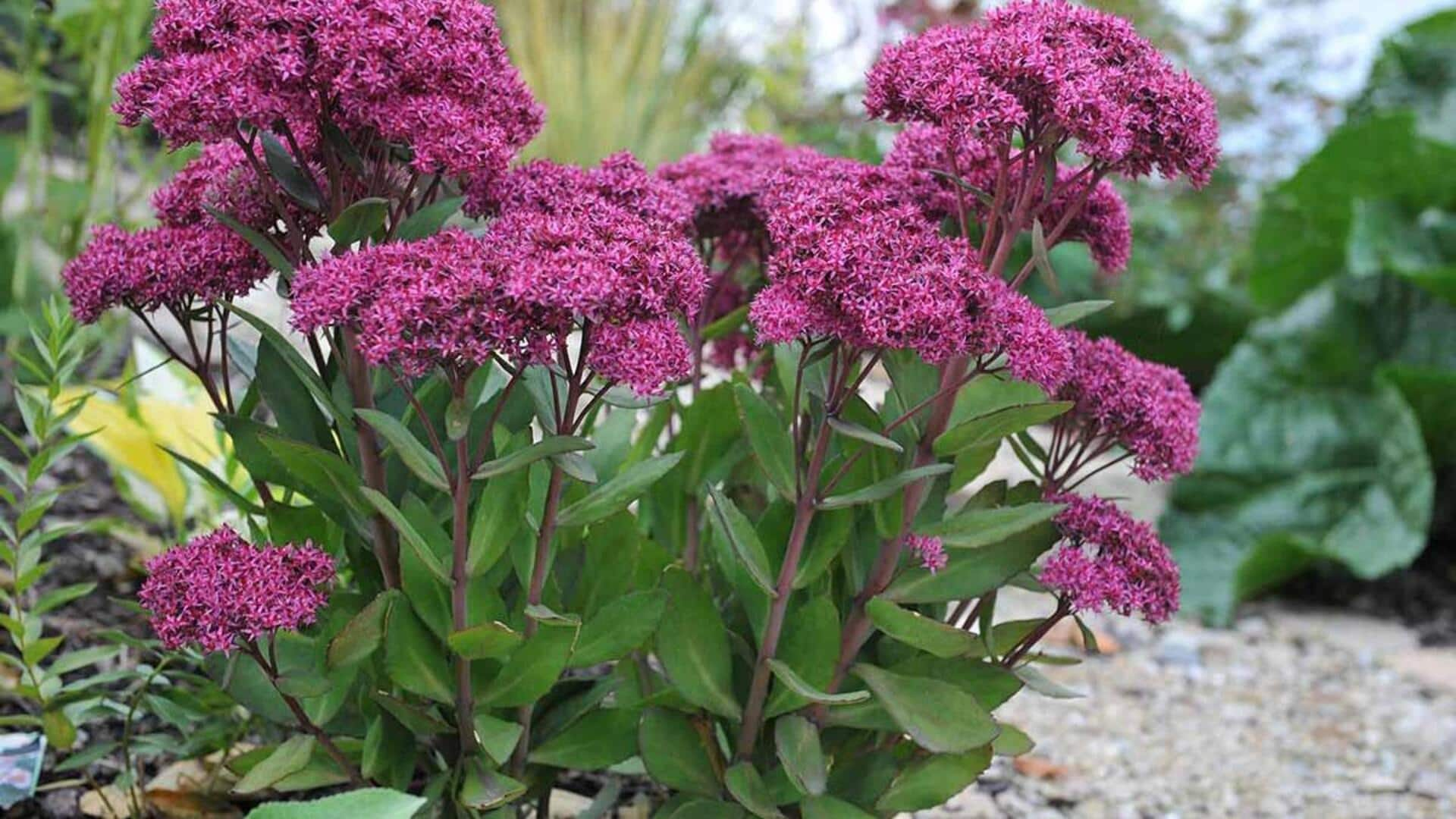
How to grow sedum at home
What's the story
If you are looking for a versatile and hardy succulent for home gardening, sedum is an excellent choice. Sedum is known for thriving in various conditions, and requires minimal care to add a touch of greenery to your space. Whether you are an expert gardener or a novice, growing sedum at home can be both rewarding and easy. Here are practical insights on how to grow this resilient plant successfully.
Variety selection
Choosing the right sedum variety
Selecting the right sedum is key to it growing successfully. There are many kinds of sedums, from low-growing ground covers to taller ones. Think about your space and lighting conditions before picking a variety. For example, 'Autumn Joy' would be great for sunny spots, while 'Dragon's Blood' would do well in partial shade. Knowing the exact requirements of each type will ensure healthy growth.
Soil preparation
Preparing the soil properly
Sedums thrive on well-draining soil with good aeration. A potting soil mix with sand or perlite can improve drainage capabilities. Stay away from heavy clay soils as they retain too much moisture which can cause root rot. Loosen the soil before planting and remove any debris or weeds that would compete with your sedums for nutrients.
Watering tips
Watering techniques for healthy growth
While sedums are drought-tolerant plants, they do require occasional watering to thrive. Water them deeply but infrequently, letting the soil dry out completely between waterings. Overwatering is one of the most common mistakes made by gardeners when caring for succulents like sedums. During winter months or dormant periods, reduce watering frequency significantly.
Sunlight needs
Ensuring adequate sunlight exposure
Sedums usually need full sun exposure to thrive, but some varieties may handle partial shade conditions more gracefully than others. If possible, place your plants where they get at least six hours of direct sunlight each day—this will encourage vibrant colors and robust growth patterns throughout their lifecycle.
Fertilization guide
Fertilizing sparingly yet effectively
Although not heavy feeders by nature, thanks to their succulent properties, sedums benefit from occasional fertilization during active growing seasons, spring through early fall. Use balanced liquid fertilizers diluted according to manufacturer instructions every four weeks or so, but avoid over-fertilizing since excess nutrients could harm these resilient yet sensitive plants instead of promoting optimal health overall.